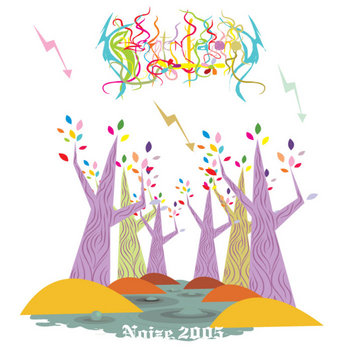

And they’re not willing to settle for data that leans on anonymity such as “Artist #4 downloads and $785 in download revenue in 2005.” The plaintiffs’ lawyers think that having access to data will help them sort through the issues in preparation for certification. Commonality is one of the factors that a judge will consider when deciding whether or not to certify a class action. Not all artists enjoy the same level of success. Not every artist has precisely the same contract. The attorneys for other UMG artists want to repeat the success, which would entitle these artists to collect about 50 percent of collected digital revenue instead of about 15 percent.īut this case is somewhat more complicated given the potential number of artists who have contracts with UMG. At the 9th Circuit, the judges ruled that a lower court had erred by not deeming the label’s agreements with third-parties download providers as licenses instead of sales. The current litigation, in many ways, is a follow-up from a path-breaking 2010 ruling by the Ninth Circuit Court of Appeals over a dispute pitting Eminem‘s production team of Mark and Jeff Bass against Eminem’s record label, Aftermath (a subsidiary of UMG). The lawyers representing the plaintiffs want UMG to turn over download revenue and volume data tied to particular artists so they are able to come up with a calculation of damages and order the information in an effort to gain class certification.īut UMG is telling a judge that’s not reasonable, and if it happens, the privacy of artists will suffer. Just how much money is at stake is an open question. The litigation from Rob Zombie and Rick James on behalf of themselves and others under the UMG umbrella seeks substantial damages from the record label’s decision to treat income from downloads off of venues like Apple’s iTunes as “sales” instead of “licenses.” In 2011, a proposed class action lawsuit was launched against Universal Music Group over digital income. The Penguins, Ritchie Valens and countless other acts performed at the El Monte shows.How much do recording artists care if music industry lawyers are allowed to see the amount of money they make from digital downloads? at live music shows at the American Legion Stadium in El Monte, a blue-collar city east of Los Angeles, that were known for the racially diverse crowd they attracted. Laboe also began producing and serving as M.C. Laboe welcomed Black and Mexican callers, a barrier-breaking thing to do at the time. Some callers would dedicate a song to a loved one who was incarcerated. It became one of his signatures few if any other disc jockeys were doing that in his early days. Laboe began taking requests on the air, allowing listeners to dedicate a song to a friend, love interest or other special person. The album stayed on the Billboard chart for more than three years, and many more volumes followed.Įarly in his career Mr. 1,” a compilation album - a relatively new concept - that included “In the Still of the Night” by the Five Satins, “Earth Angel” by the Penguins and 10 other songs that, although they’d been on the singles charts only a few years earlier, had already begun to acquire a nostalgic feel. He had already formed his own record label, Original Sound, and in 1959 it issued “Oldies but Goodies, Vol. 1,” Barney Hoskyns wrote in “Waiting for the Sun: Strange Days, Weird Scenes, and the Sound of Los Angeles” (1996). Laboe “was largely responsible for making the Chords’ ‘Sh-Boom’ (sometimes cited as the first rock ’n’ roll record) an L.A. In 1954, by then working in Los Angeles, Mr.

But as tastes changed, his selections changed, and sometimes he was at the front edge of the evolution. He featured big bands, crooners and other sounds of the day. The idea of a disc jockey with a distinctive personality had not yet become the norm in radio - at KCMJ, a CBS affiliate, he was mostly an announcer doing station identifications and such between radio soap operas - but for an hour late at night he was allowed to play music. He started in the business as a teenager during World War II, working at a San Francisco station, KSAN, before gravitating to KPMO in Pomona and KCMJ in Palm Springs. In 1973, The San Francisco Examiner was already calling him the “dean of Los Angeles rock ’n’ roll broadcasting,” and he would be on the air for almost a half-century more after that. Laboe worked in radio for almost 80 years. He was 97.Īn announcement on his Facebook page said the cause was pneumonia. Art Laboe, the disc jockey who as a mainstay of the West Coast airwaves for decades bridged racial divides through his music selections and live shows, reached listeners in a new way by allowing on-air dedications and helped make the phrase “oldies but goodies” ubiquitous, died on Friday at his home in Palm Springs, Calif.


 0 kommentar(er)
0 kommentar(er)
